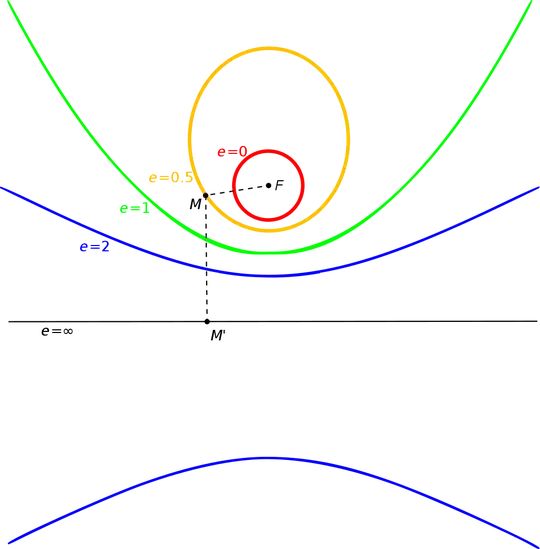In physics one uses mathematics to solve these problems. There are some misunderstandings.
I believe that if the sun were only force acting on earth (as a centripetal force), the earth would have a circular orbit. Since other planets also exist , there also exists gravitational force between interplanetary bodies. This causes a elliptical orbit.
This is not true. The solution of the orbits for two bodies is exact for the classical gravitational force, and they are the conic sections.
Bound states are either ellipses or circles.
When more than two bodies enter the gravitational equation the total solutions are not exact, they have to be numerically calculated . This is successfully done in solar system simulators, for example here.
They may look like circles, but that is because of the very much larger mass of the sun with respect to the planets.The functions themselves are ellipses
What shape describes the orbits of planets in our solar system?
In the 17th century Johannes Kepler showed that planetary orbits are ellipses. Newton’s laws of motion confirmed this. Modelling planetary orbits as ellipses is quite accurate. In fact NASA publish the orbital parameters which define the ellipses for the orbits of the planets.
As StrongLizard points out in the comments, the experimental fact that the orbits are elliptical, discovered by Kepler, led to the theory of gravitation by Newton that gives the mathematics . In the mathematics, all objects in the solar system are revolving around the center of the total mass of the solar system, even the sun. Their revolutions is elliptical because it is the ellipse that fits the data. That's the way they were caught and bound in the solar system ( or evolved into bound masses around their star at the development of galaxies in the cosmological model). –
